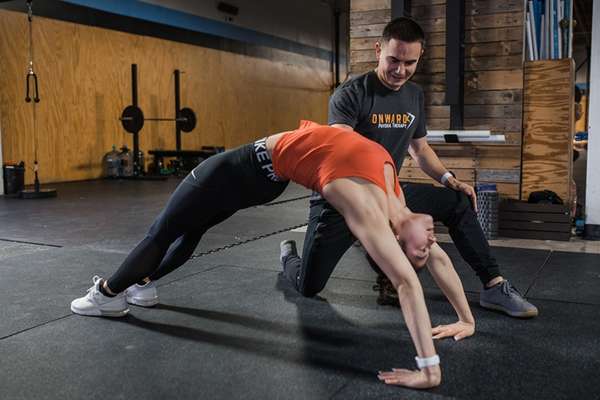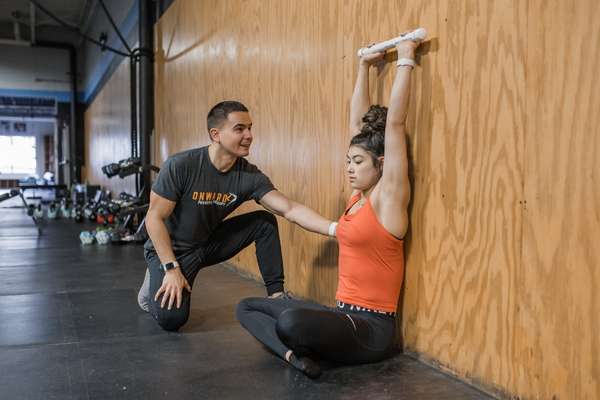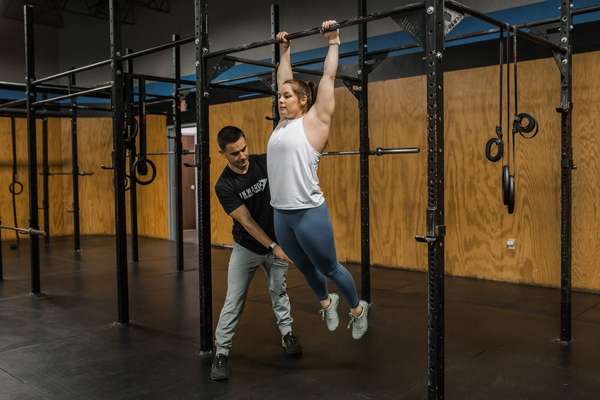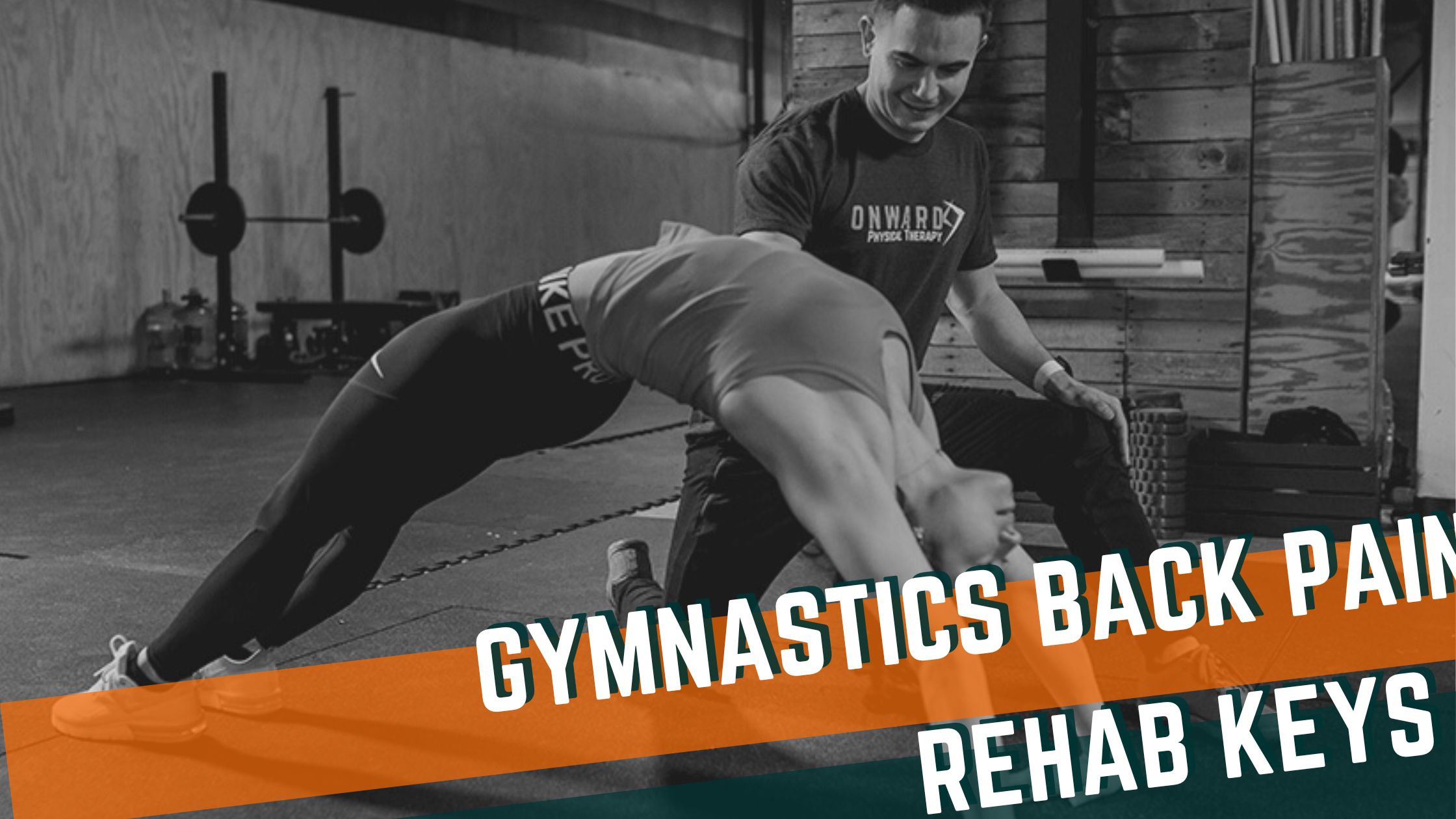
Want to know how to get rid of back pain from gymnastics?
When assessing Gymnastics back pain related to back-bending skills these three things must be looked at to ensure a full recovery. Analyzing the reason why the back pain happened can be very useful in returning a gymnast safely to the sport and limiting the chances of a recurrence in the future.
Being able to perform an effective back-handspring, Yurchenko, layout step outs on beam, etc. are crucial for success in competitive gymnastics. The number of reps done as well as the technique must not be overlooked especially in a gymnast with a history of back pain.
We’ve previously written on treatment plan mistakes when gymnasts go to physical therapy. This article will focus on the keys to an assessment of a gymnast with back pain – and providing suggestions to help reduce pain moving forward.
Gymnastics Back Pain Cause #1 – Training Volume Spikes
By far the most common reason for gymnastics back pain and the most important factor to consider in gymnastics is the sheer number of back-bending skills that are happening on a daily and weekly basis. Where injury and pain occur is when the volume in any given time frame is significantly more than the body is typically used to. No matter how good the technique is or how strong and flexible the athlete is; this cannot be overlooked.
Spikes in volume at practice are most common when new skills are being learned, new training cycles occur (summer training vs comp season), a gymnast is returning from a vacation, or is coming back from resting from an injury. The problem occurs when the load on the spine far exceeds what it has built up capacity to handle and then pain or soreness starts to occur to show signs of overuse. If ignored and not carefully addressed then this becomes a recipe for stress reactions and unfortunately fractures in some cases.
Coaches must be careful with their assignments on a daily and weekly basis to make sure that back-bending skills are not being asked in high numbers on each event on a recurring basis. When new skills, levels, or training periods are introduced it must be considered if too much is happening too fast in terms of stress to the body.
Providers and Coaches should work together when a gymnast is coming back from an injury especially related to the back to make sure there is a proper ramp up period to full skills vs jumping back too fast and re-injury occurs.
Hip and Shoulder Mobility
Back-bending skills put a lot of stress on all parts of the body, but why is it the lower back that usually becomes the source of pain? The goal is to evenly distribute the forces on each repetition to all the joints involved so that the back is not having excess stress with each back bend. When a gymnast has limitations in the shoulders or hips ability to open and maintain this during skills this leaves the lower back to take on more load rep after rep.
The most common restriction in the shoulders for gymnasts is tightness in the surrounding musculature that limits the ability to reach overhead and weakness in the shoulders ability to develop force in the overhead position. The hips can have a similar issue where the hip flexors become very tight and strong which limits the gymnasts ability to open their hips backwards. Weakness and lack of control in the hamstrings and glutes also needs to be looked at as the ability to actively open the hips needs to be able to occur as well.
If a gymnast is unable to open their shoulder on a back-handsprings or buckles on every impact due to weakness overhead then excess hinging will happen in the back. On the other hand if during extension skills, the hips aren’t actively reaching full extension then the lower back will make up for whatever is lacking as well to complete the skill.
The lower back will of course bend and is meant to be able to, but the problem occurs injury wise when more demand is required on each rep due to limitations in the joints above and below. If these restrictions are not addressed then a gymnast is left in a difficult situation where the back continues to be overstressed regardless of how careful the return to sport is.
We also find great improvements in skill technique and form in gymnasts who are fully maximizing their shoulders and hips abilities during these movements.
Back Extension Technique
There are times when the volume appears to be well managed and the joints above and below the back are moving great, but the gymnastics back pain is still reoccurring.
When we take a step back to assess and breakdown the back-bending skills in the gym or clinic there are many times where the hinge point during these skills is right at the lower back. This is happening due to habit and poor technique that has just been developed and reinforced over the years of training. The goal is to teach global extension across the whole body to allow the forces on each rep to be dispersed amongst all the joints and not the lower back taking the brunt of the force.
Relearning this may be difficult at first but with proper drills and cueing; this may be the missing piece in the puzzle for the specific reason for a gymnasts back pain.
Gymnastics Back Pain Help
At Onward Physical Therapy, we know injuries are tough to deal with physically but also mentally especially in a sport in gymnastics. That is why we do our due diligence to treat the whole athlete and dive deep into what is going on to make sure nothing is missing; leading to years of frustration and missed time at practice. Back pain is unfortunately too common in gymnastics and takes the love out of the sport for many. Whether you are looking to injury prevention, improved performance in the gym, or rehabbing from a re-occurring injury we are ready to come along your athletes side to get the most of the sport of gymnastics.
Recent Articles
Achilles Tendonitis: Diagnosis & Treatment
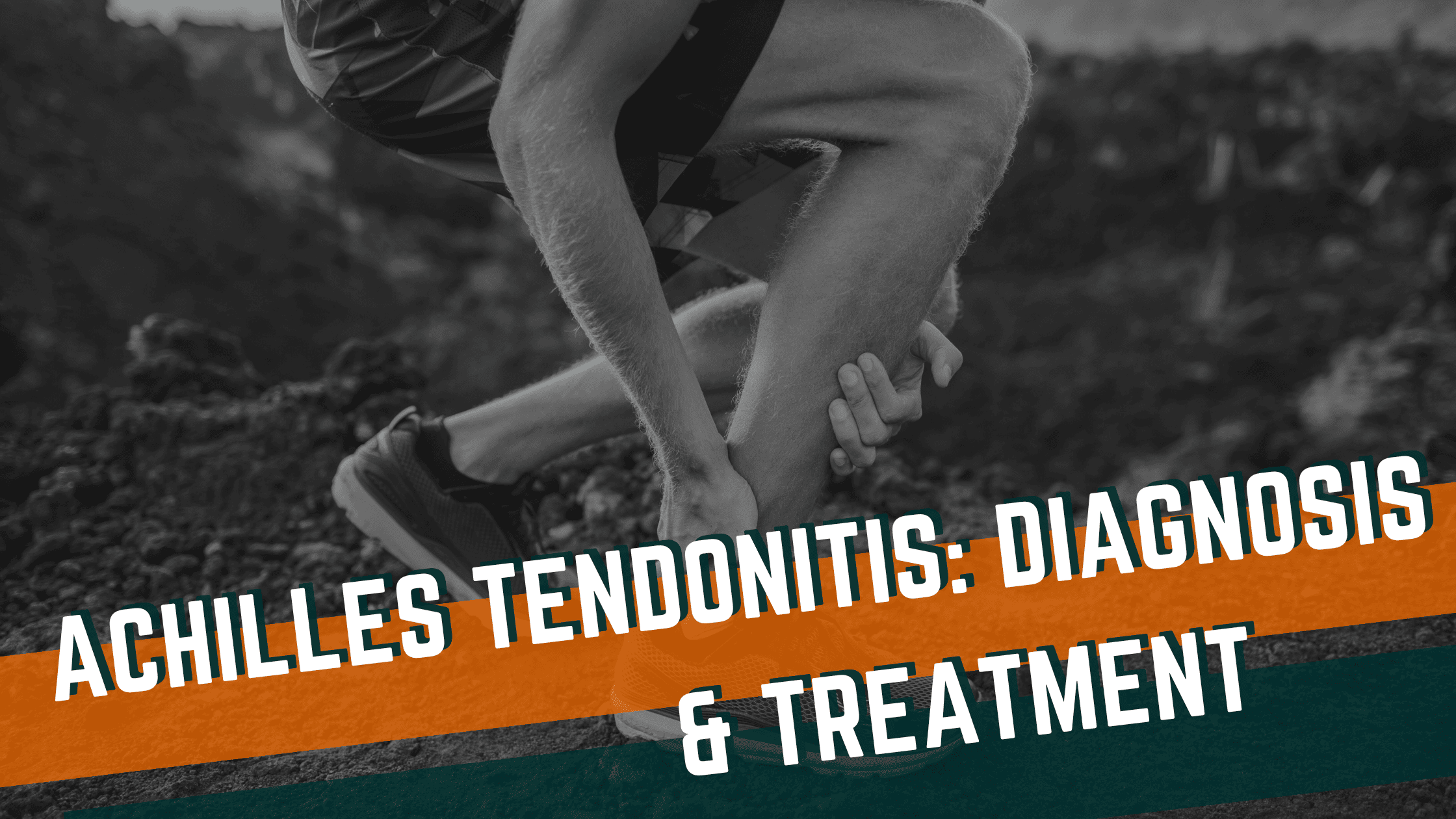
Hip Pain in Runners
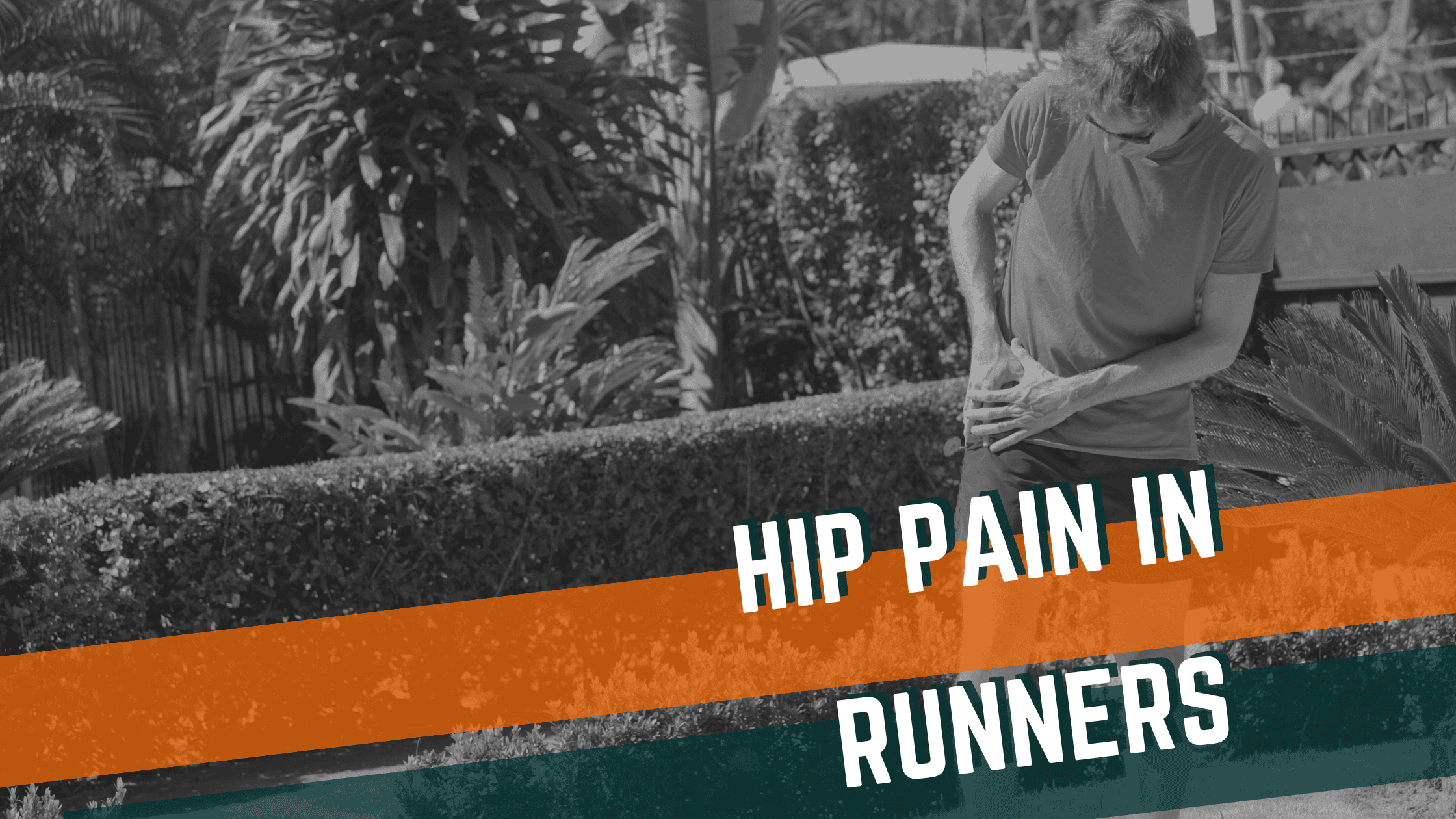
A Guide to Conditions Treated with Dry Needling
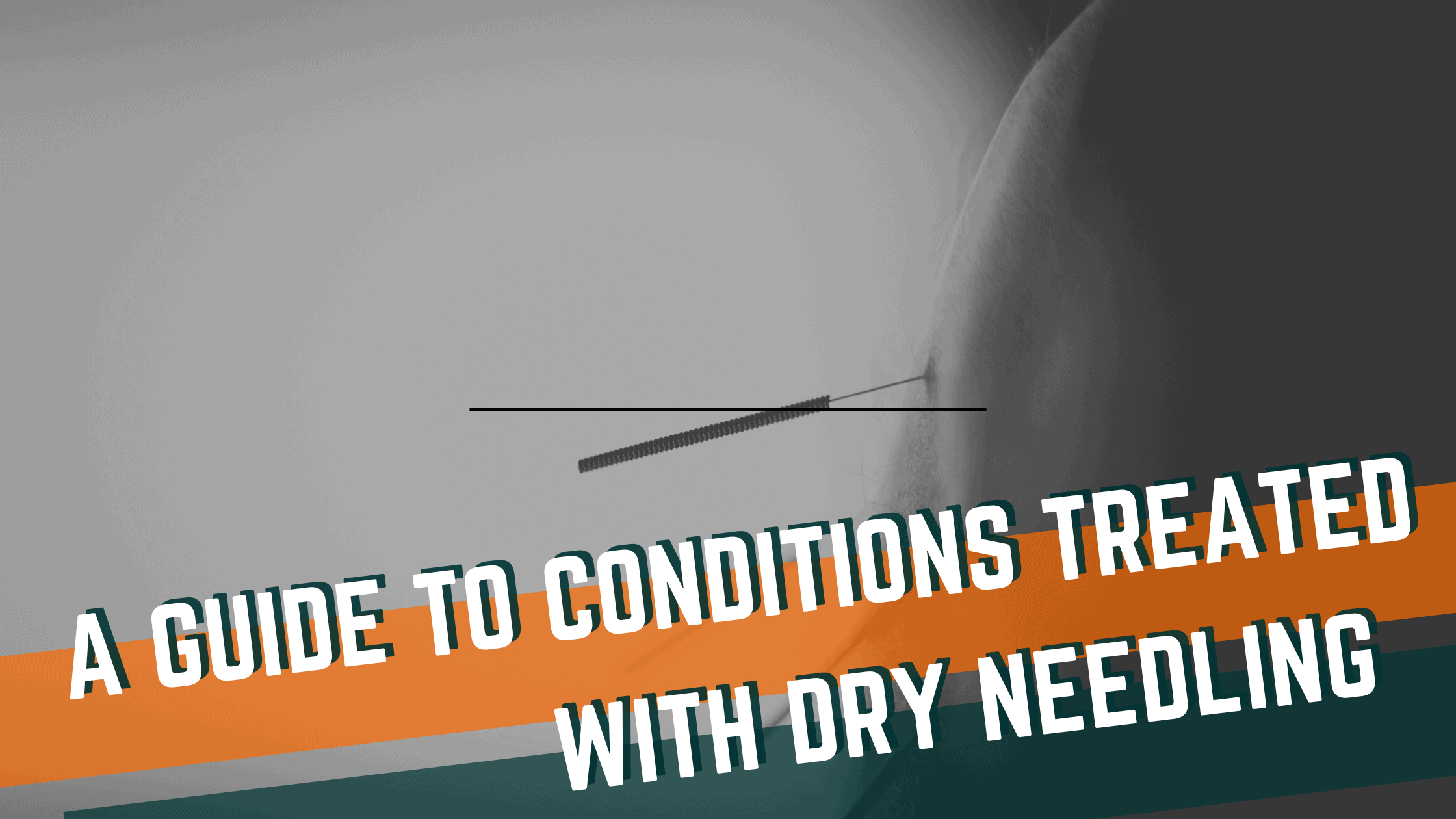
Reconnect to the CORE Postpartum: Pelvic Floor Exercises for Postpartum Healing
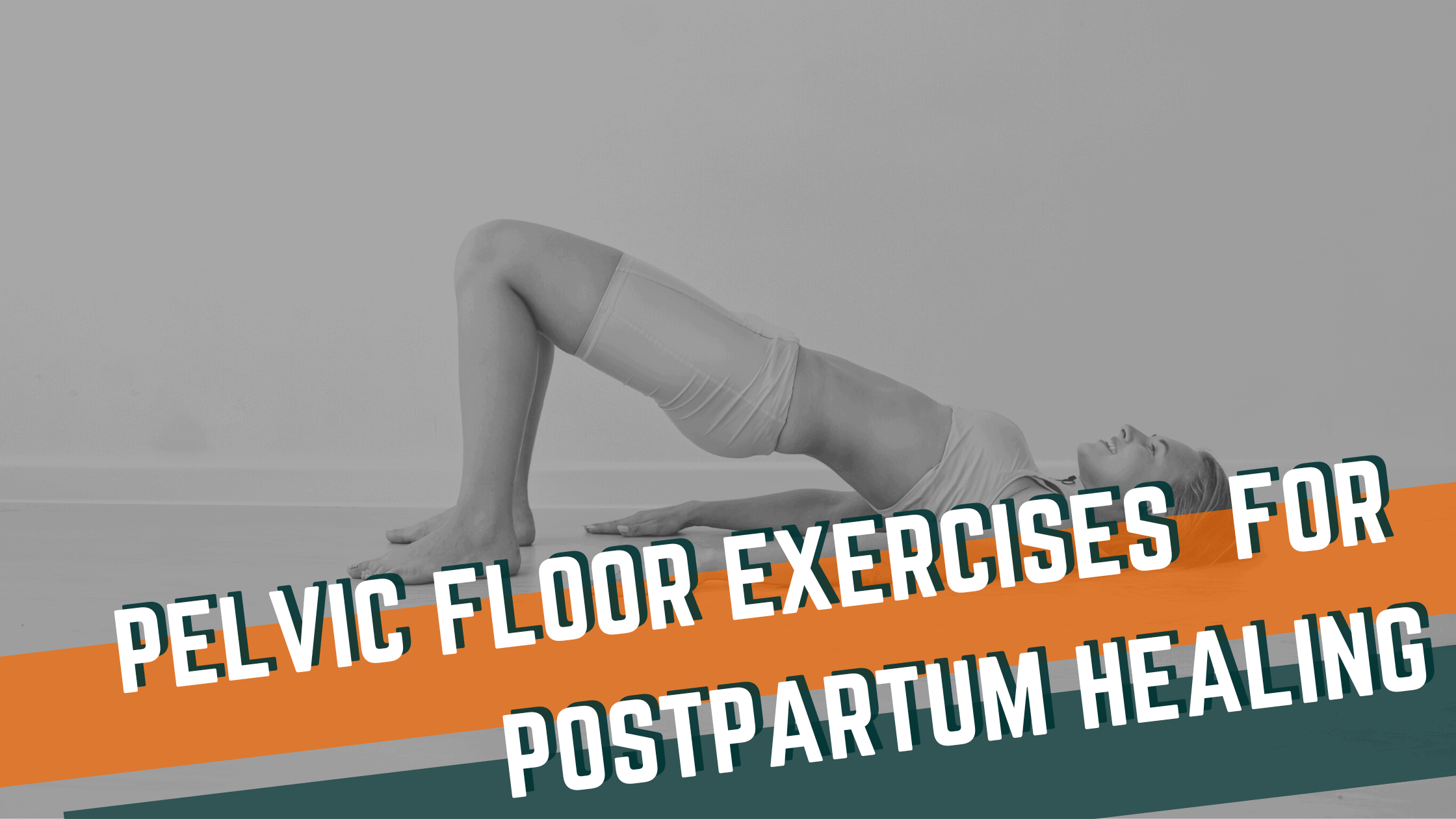
Preventing Back Pain in CrossFit: Key Considerations for Training Safely


